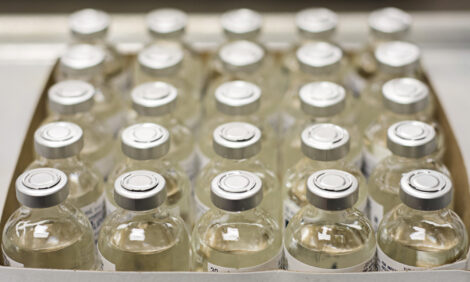



MG in poultry: Often overlooked but still costly
The incidence of Mycoplasma gallisepticum is currently low in broiler and broiler breeder flocks thanks to decades of effort by the US poultry industry, but producers should maintain their guard to prevent a resurgence of the disease, cautions Naola Ferguson-Noel, DVM, MAM, PhD, University of Georgia.By far the biggest impact of a Mycoplasma gallisepticum (MG) infection in broiler breeders is a dramatic drop in egg production accompanied by respiratory disease and increased mortality, she told Poultry Health Today.
MG can be transmitted vertically to commercial broilers by infected eggs, although the rate of transmission is unpredictable. The highest shed period is from 3 weeks to 3 months after infection. If a breeder flock is infected, it should be assumed the flock is always transmitting the disease, Ferguson-Noel says.
If MG makes its way into a commercial broiler operation, the result can be a severe respiratory challenge with high mortality, particularly in younger birds, she says.
Options for control
Medicating an infected breeder flock with antibiotics will help prevent clinical lesions and reduce egg production losses. It might even reduce the infection level, but it won’t eliminate the disease, and there’s always a risk for the development of antibiotic resistance, Ferguson-Noel continues.
The only sure way to eliminate MG is by depopulation and disinfection, which isn’t a realistic choice for many poultry operations, she says. That leaves breeder vaccination as the only option producers have for minimizing losses. Properly administered vaccination, especially if coupled with good biosecurity, can help control the spread of MG to other houses and farms and stop vertical transmission of the infection from breeders to progeny.
Broilers infected with MG should be segregated from MG-negative flocks. Vaccination of broilers from MG-infected breeders may help reduce losses, but a mild vaccine program should be used, and good husbandry practices are equally important, Ferguson-Noel emphasizes.
MG spreads slowly within a house and within a complex, she continues, so there’s time to address the issue, but the disease is still difficult to control. MG is particularly difficult to contain on multi-age farms, she says.
Biosecurity to prevent MG
To prevent MG in the first place, the veterinarian continues, all avian species, including wild birds, as well as rodents and other mammals should be considered potential carriers and kept away from poultry houses.
Humans, however, are the main mechanical vector of MG, Ferguson-Noel warns. People can track MG onto poultry farms if proper sanitary precautions aren’t taken. MG can also be brought onto a farm by contaminated vehicles, equipment and fomites.
Other factors affecting the transmissibility of MG include the virulence of the strain and complicating infections, she notes.
There’s a wide variability in the virulence of different Mycoplasma strains. Some strains are very mild and cause little disease, while others are highly pathogenic and cause considerable disease problems and a dramatic decrease in production.
Even if the strain of MG itself is not causing a direct problem, Ferguson-Noel says, it can predispose birds to more severe disease by other pathogens. There’s a synergistic effect with MG. Instead of having, say, 20% mortality from other pathogens, you may have 50% mortality if your flocks are MG-positive.








